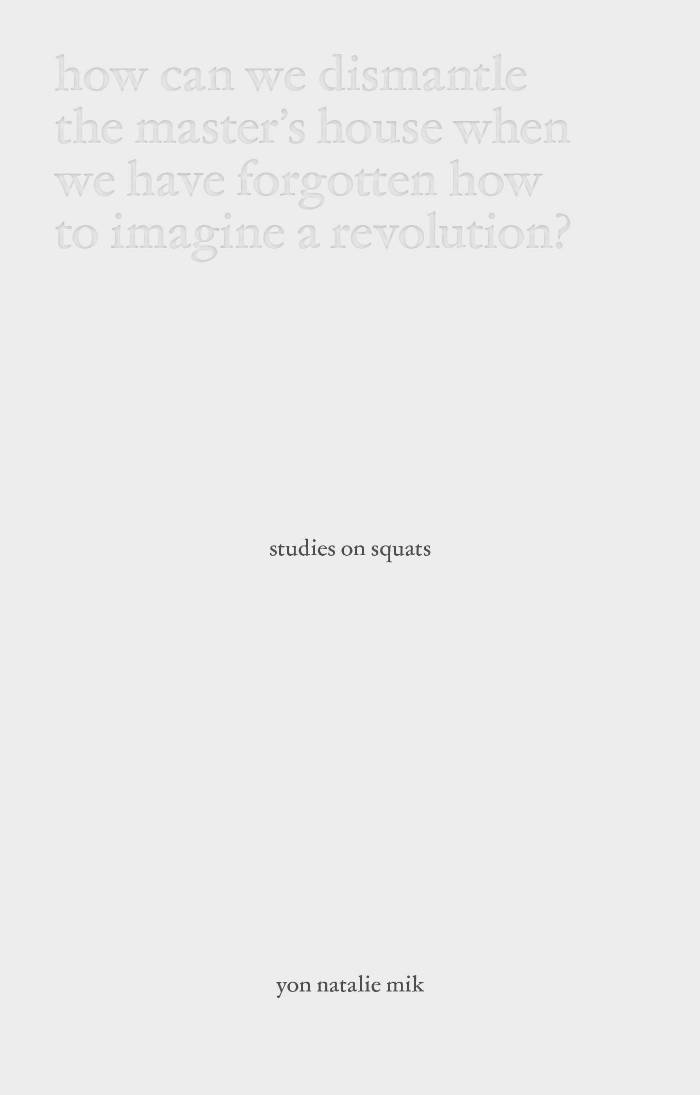
A Book of Dances
A Book of Dances is a collection of written choreographies by Finnish-based artists Anne Naukkarinen, Laura Cemin, Mikko Niemistö, and Marika Peura, and Swedish-based artists BamBam Frost, Ofelia Jarl Ortega, and Pontus Pettersson. It’s edited by Anne Naukkarinen.
Book explores language as a writing-based approach to choreographic practice. It brings attention to the contradictions, translations, and intimate relationships between dance and language.In A Book of Dances, multiple languages are intertwined with the situated knowledge and histories of the participating artists, each embedded within specific social contexts.
The book’s aim is not to define choreographic practices as such, but to create a space for writing that engages with and embodies diverse perspectives on world-making. Thus, the process of meaning-making becomes situated, relational, and unstable—it shifts constantly.
Anne Naukkarinen is a choreographer, visual artist, and dancer-performer based in Helsinki, Finland. She uses methods from dance and somatic practices, as well as writing, to explore intimate and complex human experiences that are in relation to changing situations. Her work pays attention to the poetic, social, and ecological aspects and structures of art-making, and it is situated at the intersection of contemporary dance, visual art, and the expanded field of choreography.
Language: English







